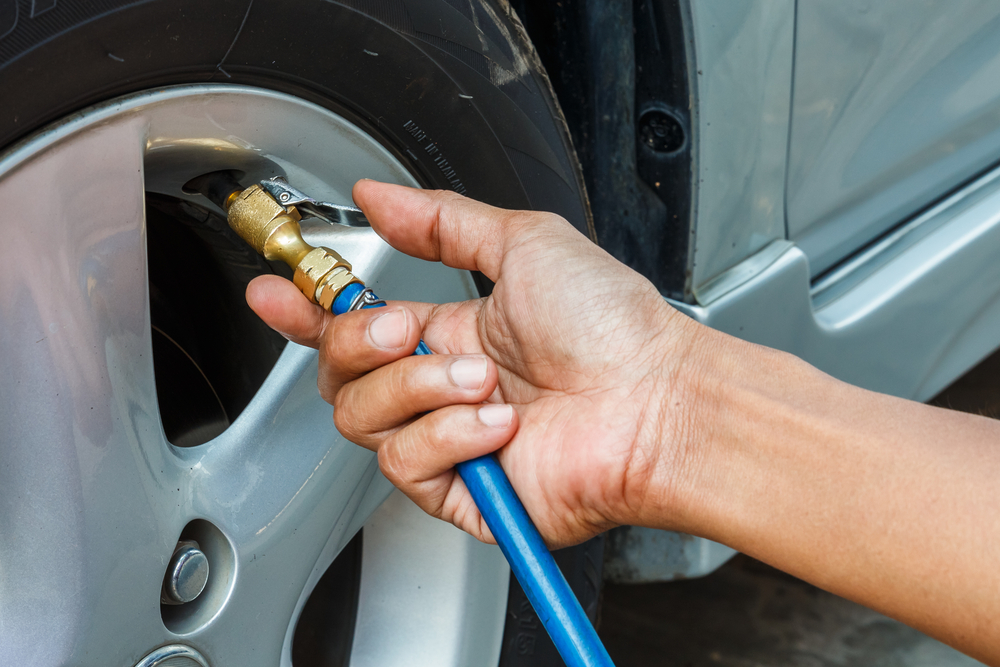By: Gov Auctions | 7 May 2015
Does Your Auction Car Need New Tyres?

Having to purchase new tires can be an expensive experience, especially if it needs to be done soon after the purchase of your new auction car. But, you might be able to avoid any surprises if you take a look at the tires before buying the car. If it looks like your auction car will need new tires, you can at least find out upfront before purchasing the car how much you’ll need to buy them, and you can take this into account when bidding.
So, how will you know the tires need replacing? There are a few simple things you can do to test if the tires are worn out or if they’re on their way to being unsafe.
The penny test
This is a great test to do when looking at auction cars. It’s unobtrusive, easy to do, and requires no technical equipment except for a single penny. Take a penny coin and place it upside down with Lincoln facing you. Place the coin in between the tread, and take a look at where the tread reaches in respect to the coin.
If you can see any of the copper above his head, the tires need to be replaced immediately.
If Lincoln’s hair is partially visible, it’s time to start looking for new tires very soon.
If the tread is so deep that you cannot see any of his hair, then your tires do not need replaced yet.
Look for tread wear
Take a look at the way the tread is worn on all of the tires. This could be a sign the tires are in need of an alignment, tires need rotating, or maybe even both. A sure sign that you may need your tires serviced is the wear is uneven on any of the tires. Uneven wear can also mean the suspension may need to be looked at.
Replace them after 5 years
Regardless of what the tread is like on the tires, if they have been on the vehicle for more than five years then it’s time to replace them. Performance and safety of the tires deteriorate over time due to chemical transformations within the tires, so to be safe you should replace them if they are more than five years old.
You may be able to find this information on the tire itself, which should have a code for the date of manufacture. It’s usually a four digit code, with the first two digits being the week of the year and the last two digits being the year. For example, a code that reads 1510 indicates the tire was manufactured in the 15th week of the year 2010.
Cracks in the sidewall
When you look at the tire treads, you should also look for signs of wear along the sidewall of all of the tires. A warning sign of a potential blow-out or leak are cracks in the sidewall that are apparent or starting to appear. If they start to look like they are worsening, get the vehicle to a tire shop and talk about replacing any tires with cracks or damage.
Check the spare tire
The tires on the vehicle may be in good order, but you really need to check that the spare tire is in just as good condition. There is no point in driving on great tires if your spare tire is going to let you down. Do the same checks and tests on the spare tire and, if need be, replace it with a new one.
Check the air pressure in the tires
When driving, you need to ensure the correct tire pressure is in each tire. This is for safety, prolonged life of the tires and better fuel economy. When checking the tire pressures, also remember to check the pressure of your spare tire.
Vibrations while driving
If you can take the car for a test drive before purchasing the car through auction, feel for any vibrations on the road. There is bound to be some vibrations, especially on certain roads, but if it doesn’t feel right then that’s a sign there may be a problem. Vibrations while driving can sometimes indicate misaligned or unbalanced tires or the shock absorbers are starting to wear.